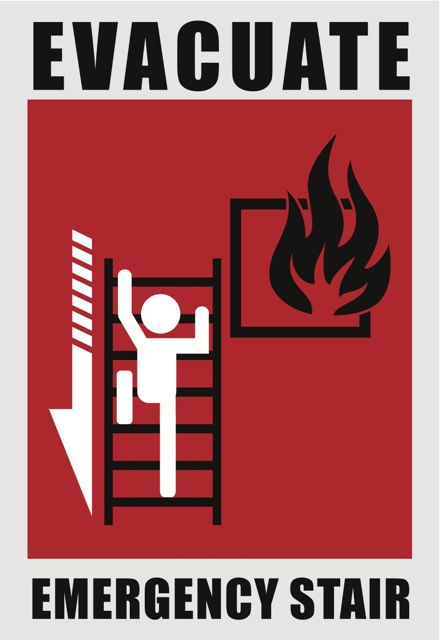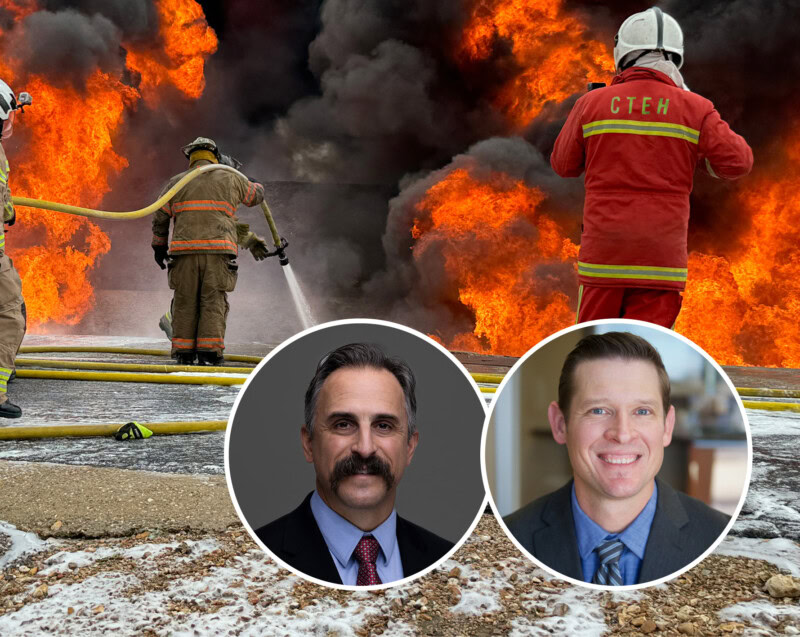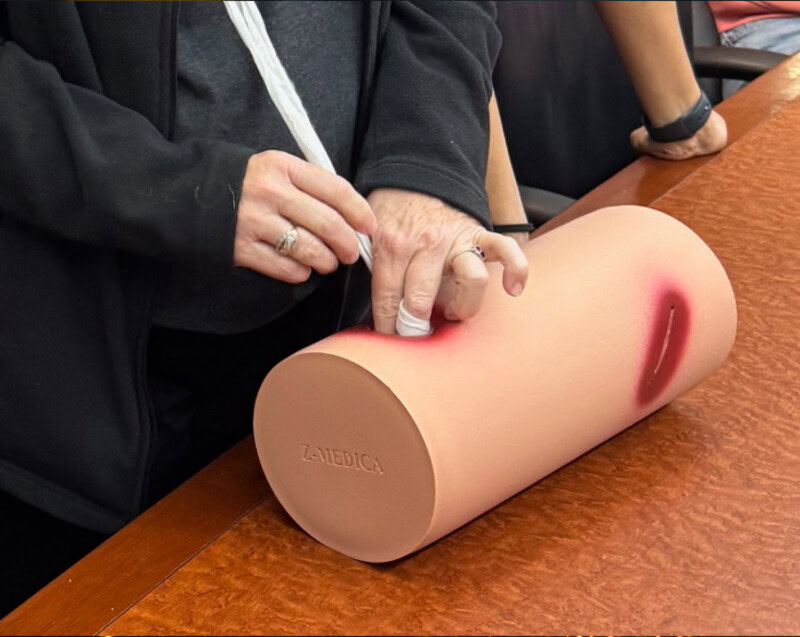Almost every day, people are asked or required to evacuate from their homes or businesses for a host of reasons. Many of these evacuations are small in scale and impact only a particular neighborhood, street or building. These types of evacuations may be due to gas line blow-outs, fires, landslides or local flooding. At the other side of the spectrum are the large scale evacuations. These may impact entire cities, counties or states and create proportionately more panic and confusion, leading to evacuation situations.
While individuals may not have much control under these circumstances, there are things each of us can do to make these difficult situations safer and more manageable. Below are 5 tips to consider when making a “personal disaster preparation plan.”
- Know your communities plan – Many communities have developed evacuation strategies. Knowing them will help you develop yours.
- Stay Informed – Keep an eye on Twitter hashtags and Facebook for up-to-date information; local authorities will use social media as well as citizens. News feeds and phone updates are also useful means for keeping informed.
- Keep an emergency kit – In addition to extra cash, food and a first- aid kit. You should also remember work boots, reflective vest, and a flashlight.
- Consider your pets – Some shelters do not allow pets. If you do evacuate with your pets you should remember pet carriers, and leashes.
- Medications or special needs – Remember to bring prescriptions, medicines or medical equipment necessary.
By following the above guidelines you can reduce your stress levels in an evacuation and help ensure your safety during a dangerous event.




